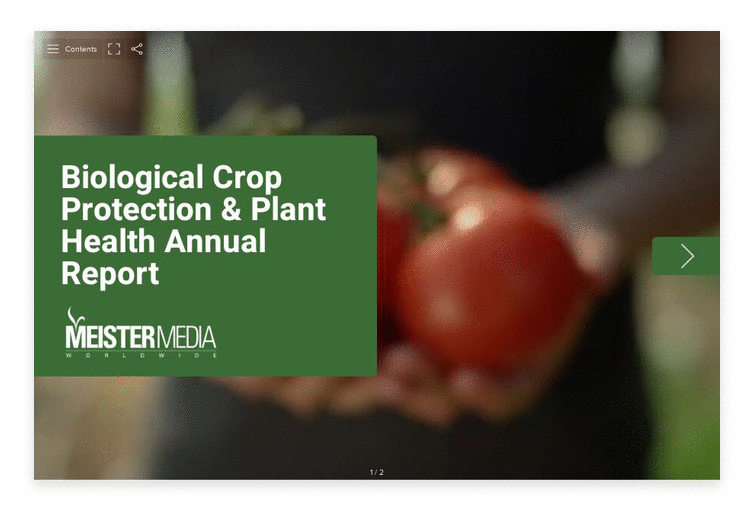What Is the Next Big Thing in Biological Crop Protection?
We’re in the midst of an exciting phase for biologicals in U.S. specialty crops. The category has proven itself enough to gain the grower’s trust, but still has much more to explore.
Just as today’s biologicals industry is vastly more mature than it was five years ago, it will continue expanding over the next few years.
“Though adoption of biologicals in the specialty crops sector is more advanced than in other crop segments, the growth is still rapidly developing,” says Chris Judd, Global Vice-President of Marketing, Certis Biologicals.
To get a glimpse into where we’re heading, we asked researchers and suppliers what they think will happen in the coming year as part of our Biological Crop Protection & Plant Health Annual Report.
Researchers across the world are focusing on soils. Many think of it as the final frontier of agriculture. We know a great deal about plant physiology and how insects and diseases interact with crops and impact yield. But there’s still much to learn about soil health.
“The recent emphasis on building soil health will continue to grow and that could be the next big development,” says Surendra Dara, Cooperative Extension Advisor-Entomology and Biologicals, University of California.
One good example of how much we can still learn is a recent study on hybrid vigor in corn from North Carolina State University and University of Kansas which found that soil microbes had an outsized impact on the results.
“The researchers started by growing hybrid and inbred corn plants in sterile bags,” the team reports. “Both types of plants grew similarly sized roots and shoots inside the bags. But when the researchers added to the bags a controlled set of microbes known to associate with corn roots in nature, hybrid lines grew more than inbred lines — their roots and shoots weighed more — showing the expected effects of heterosis [or hybrid vigor].”
To continue reading on, click here for the full story and find out thoughts on industry standards, less common delivery systems, systemic changes, and more.











